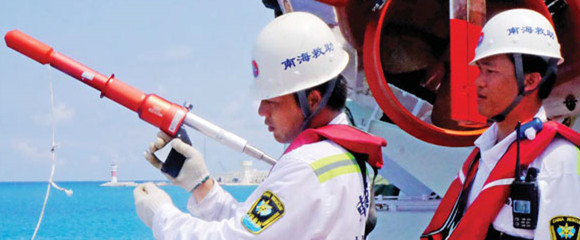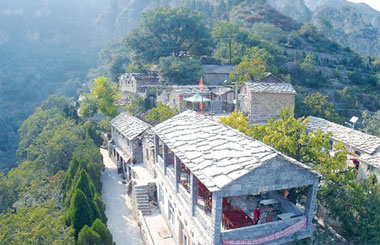High-speed rail has grown at dizzying speed
Updated: 2016-06-01 08:18
By Paul Amos and Gerald Ollivier(China Daily)
|
|||||||||
The year 2008 was memorable for China and the world not least because of the hugely successful Beijing Olympics; it was also the year that China opened its first high-speed rail line, from Beijing to Tianjin. When the line opened on Aug 1 it took the metaphorical gold medal as the fastest train service in the world measured by its top speed, capturing the attention and admiration of visitors who came to Beijing to see records broken.
Less evident to many of those visitors was that completion of this 120 kilometer route was not a finishing line but merely the first stage in an high-speed rail construction marathon, surely the biggest and most ambitious single railway program in the world since the 19th century.
Less than a hundred months later China's HSR network now accounts for over 60 percent of the world's inventory of HSR assets. At the end of 2015 China Rail Corporation was operating on more than 19,000 km of dedicated HSR routes (as well on connecting fast lines) and carrying over 2.7 million passengers each day on the dedicated HSR sections alone. The program continues with a 2020 target of 30,000 km linking 80 percent of China's large cities
Has the estimated $360 billion invested to date in the HSR program been worth it? Public money invested on this scale demands justification beyond just a faster ride for existing rail passengers though their valuation of the time they save is a real and valid economic gain. With HSR passengers growing at more than 40 percent annually since 2008, and reaching almost 1.1 billion in 2015 alone, despite premium fares, the signs are encouraging.
The HSR system now plays a major role in accommodating the spike in volumes during key holiday periods. In addition, HSR has made travel easier. An estimated one in six passengers would not make the trips they do were it not for HSR, and their benefits to the economy are measured by the additional social or economic value this travel delivers. Many international tourists will be attracted to a China where HSR makes travel both easy and, unlike air travel, an integral part of seeing China.
Finally, and perhaps most crucially, HSR and urbanization make productive bedfellows. By 2030 it is expected that seven out of every 10 Chinese citizens will live in cities. If their mobility pattern follows that of Europeans, they will travel on average four times more than in 2010. This decade is the time to put in place the backbone transport system that will stimulate connectivity and complementarity among cities and boost their role in national and international value chains.
Paul Amos is a transport strategy and management consultant based in Germany, and was formerly transport adviser to the the World Bank. Gerald Ollivier is transport cluster leader in the Transport and ICT Global Practice of the World Bank, based in Singapore.
Related Stories
CRRC unveils China's first high-tech monorail train powered by magnet motors 2016-05-30 07:57
Faster "New Silk Route" train leaves Urumqi 2016-05-27 08:55
Chinese student cursed, beaten on Arizona train 2016-05-26 11:45
Guiyang-Beijing bullet train with sleepers launched 2016-05-23 17:25
Train brings water to a drought-hit region 2016-05-20 09:46
Today's Top News
EIB and AIIB to strengthen cooperation
Some 13,000 migrants saved, over 700 dead
Economists urge go-slow on EU's anti-dumping
Chinese investors eye European soccer goal
Rescue vessel eyed for the Nansha Islands
Steeled for change
EU has to cope with outcome of British referendum
Four Chinese banks among world's 10 largest
Hot Topics
Lunar probe , China growth forecasts, Emission rules get tougher, China seen through 'colored lens', International board,
Editor's Picks

|

|

|

|

|

|







